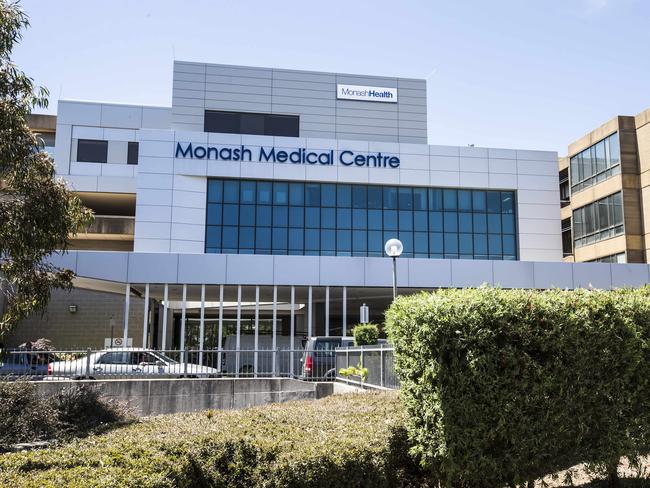New strategy to deal with Victoria’s stroke patients
FOUR regions in Victoria have been identified as among the most lethal places in Australia to suffer a stroke. The new data comes as experts devise a new strategy to respond to the health emergencies.
VIC News
Don't miss out on the headlines from VIC News. Followed categories will be added to My News.
FOUR of Australia’s most lethal places to suffer a stroke are in Victoria, prompting a push to overhaul the way ambulances and hospitals respond to the critical emergencies.
Rather than taking stroke victims to the nearest hospital for the fastest treatment, a new study has called for patients to be taken to the hospitals best able to deal with the complex treatments.
It comes as Melbourne’s inner north, the Bass Coast, Mornington Peninsula and south east Melbourne are all revealed as being in the nation’s top 10 places for stroke deaths.
With five of Melbourne’s hospitals equipped to undertake the latest clot-removing procedures, Monash University research has recommended patients are sent to those with the highest capabilities and survival rates for stroke patients, even if they are not the closest.

Led by Prof Thanh Phan, the researchers have also developed a real-time map taking into account traffic conditions at different times of day, distance and the capabilities of each Melbourne hospital to determine the best place to take a stroke patient.
With specialised treatment such as endovascular clot retrieval able to quickly remove the clot and limit brain damage, Monash Health’s head of stroke Assoc Prof Henry Ma said it was vital the balance was struck between taking patient’s to the best equipped and closest hospital.
“The earlier you treat, the better the outcome. The longer you wait, the more brain cells that die,” he said.
“If you had a stroke in a certain suburb the ambulance would take you to the hospital that is close by, but it may not be the best destination or the quickest time to get there.


“If you live somewhere like Box Hill, at different times of the day you might end up at different hospitals because it is somewhere between Royal Melbourne Hospital and Monash Medical Centre.”
Currently a patient suffering from a stroke is taken to the closest hospital by travelling time, however the Monash study, published in the journal Stroke, found many of the 3000 Australians dying from the condition each year could be saved if they were taken to the nearest centre with clot-removal capabilities.
The Victorian Government has designated the RMH and MMC as the state’s main centres for clot retrieval, while St Vincents, The Alfred, and the Austin hospitals are also equipped to undertake the procedure.
But only 10-15 per cent of Victorian stroke patients currently receive endovascular clot retrieval treatment.
By combining their own software with the live Google map data, the Monash team have built a model to calculate transport times to each of the specialised stroke units from area of Melbourne at each different time of day.
While traffic conditions may mean that some hospitals are deemed to be closer at different times of the day, the online model can be used to get patients to care with the highest chance of saving their lives in real time.


